Shingles are a vital part of your roof system that is built to endure the most extreme weather. But how can they be on the receiving end of heat damage? The team at Feazel will walk you through everything you need to know about heat damage to your shingles.
What are the Signs of Heat Damaged Shingles?
We’re going to discuss two types of heat damage. We’re going to discuss hot weather exposure to your shingles. Secondly, we’ll discuss what exposure to a fire will do to your roof shingles.
First, one day of extreme heat will not irreparably damage your roof shingles. This repeated exposure will be over the course of years. Having regular roof inspections done professionally can provide great insights into the condition of your roof. Not to mention, clearing out your gutters or identifying areas of standing water will go a long way to ensure that your roof remains in top condition.
Extreme heat will cause shingles to expand and that is to be expected. The cooling period may cause shrinkage which over the course of time will cause small hairline cracks in the underside of the shingle. When you go to clean your gutters, you may find evidence of shrinkage in the form of granules in your gutters. Cracked shingles are the start of potential leaks.
Homeowners may also discover shingles that have curled on the edges or are warped in appearance. Remember, this is typically over the course of time when these problems will start to arise. Additionally, these issues may be more prevalent on the south side of your home because it is most exposed to direct sunlight.
Solutions for Reducing Heat Damage to Your Asphalt Shingles
Many modern shingles are built to withstand strong UV-rays during the summer months. Roofing companies have recognized the need for a stronger shingle in the marketplace that will help slow damaged shingles.
Heat build-up in your attic is another solution to keep the underside of the shingles cool. The attic in a home should move hot air out of the ridge vents and pull in cool air from the eaves. If your home has a build-up of excessive warmth in the attic, you are looking at increased HVAC bills not to mention damaging your roof from the inside out. Additionally, a home with poor attic ventilation is at an increased risk of the formation of ice dams.
The buildup of heat could come from blocked soffit vents, which should remain open year-round.
Fire Damaged Shingles
Never climb a roof that has been exposed to a fire, even if a nearby fire. A trusted roofer will know how to access and assess the roof for fire damage.
When a home near you experiences a fire, but it doesn't spread to your home, the best course of action is to call for an inspection by a professional.
If the asphalt shingles are compromised, there could also be damage to the roof decking and substrate. According to GAF, most damage that occurs from a fire in close proximity will be visible.
However, it is also recommended to have a follow-up inspection after a few weeks to ensure deterioration has not occurred.
Smoke and heat from fires are never good for an asphalt roof, but how can you tell whether a roof needs to be replaced after exposure to a fire? What if the fire occurred at a neighboring home, or a forest fire or factory fire near your home?
Our partners at GAF, the premium shingle manufacturer used by Feazel, recommend a close inspection of asphalt shingles if there has been a fire nearby. The intense heat from a house fire or a nearby fire can damage asphalt shingles in the following ways:
Melted or runny asphalt
Distortion in the top coating of the shingle
Blistering due to heat or embers
Singed shingles
Fires are dramatic, and most homeowners would think to check for damage after a nearby fire.
Professional Inspection for Heat-Damaged Shingles
Regardless of if your home has been exposed to extreme heat and sun or a nearby fire, the team at Feazel is a trusted local roofing authority that can easily pinpoint any issues with your shingles. Contact us today to schedule a free roof inspection.
Tags
Subscribe to Feazel's Blog

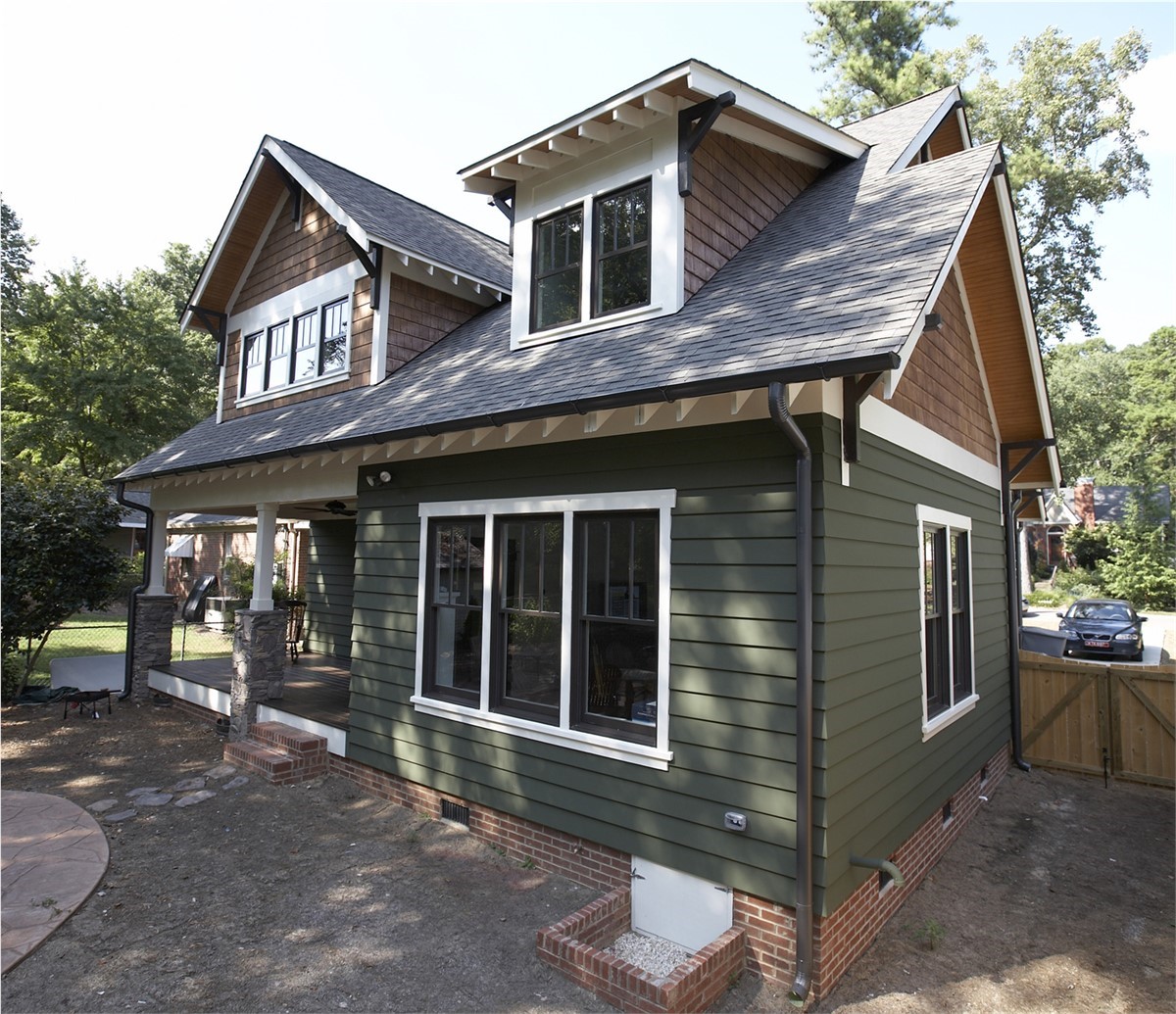
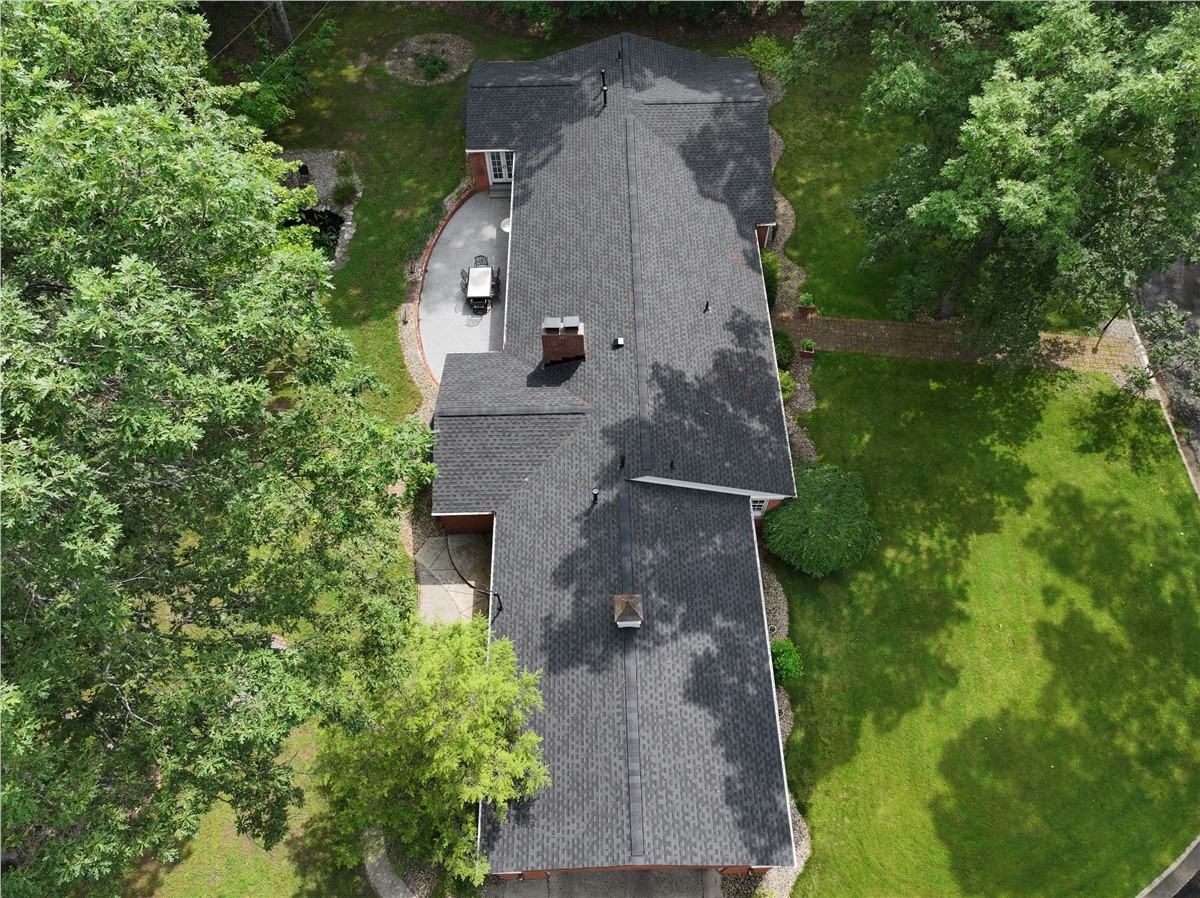
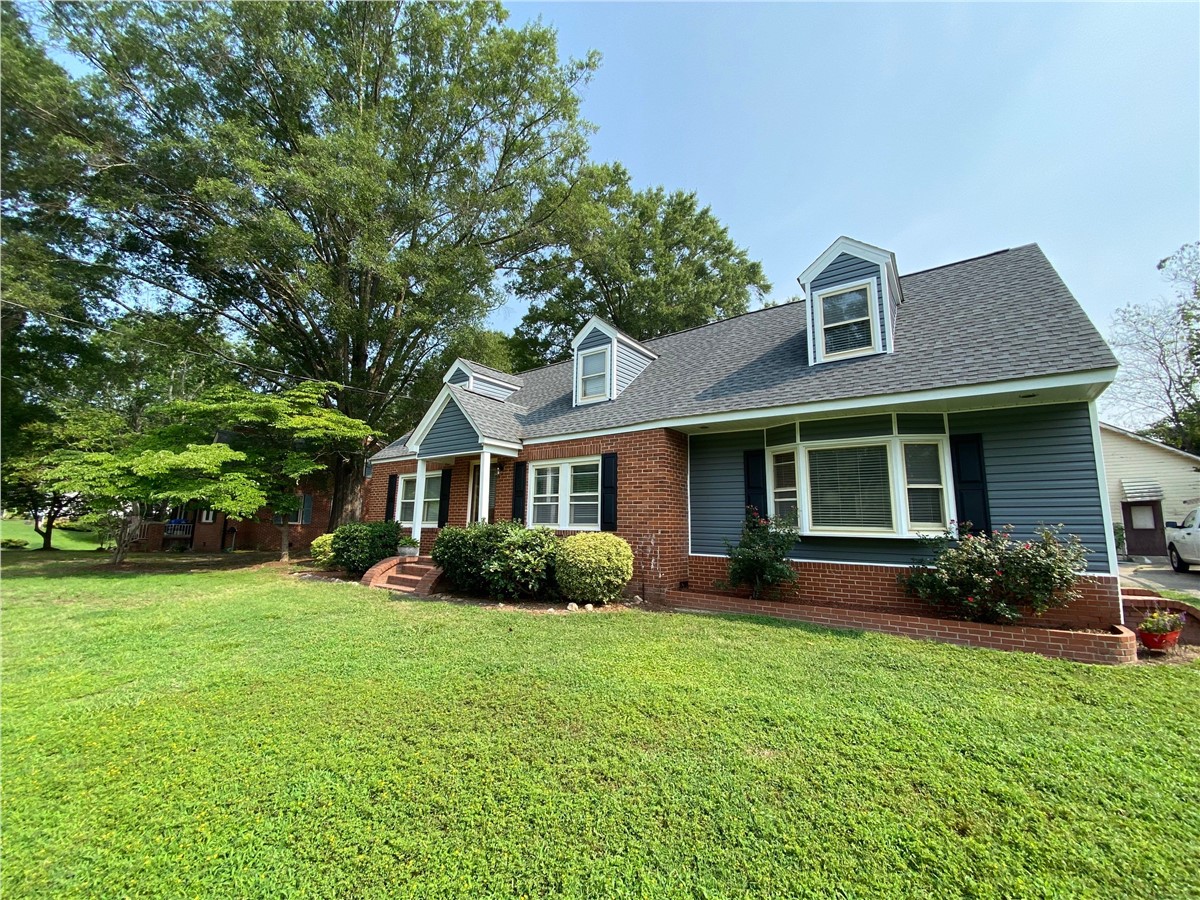
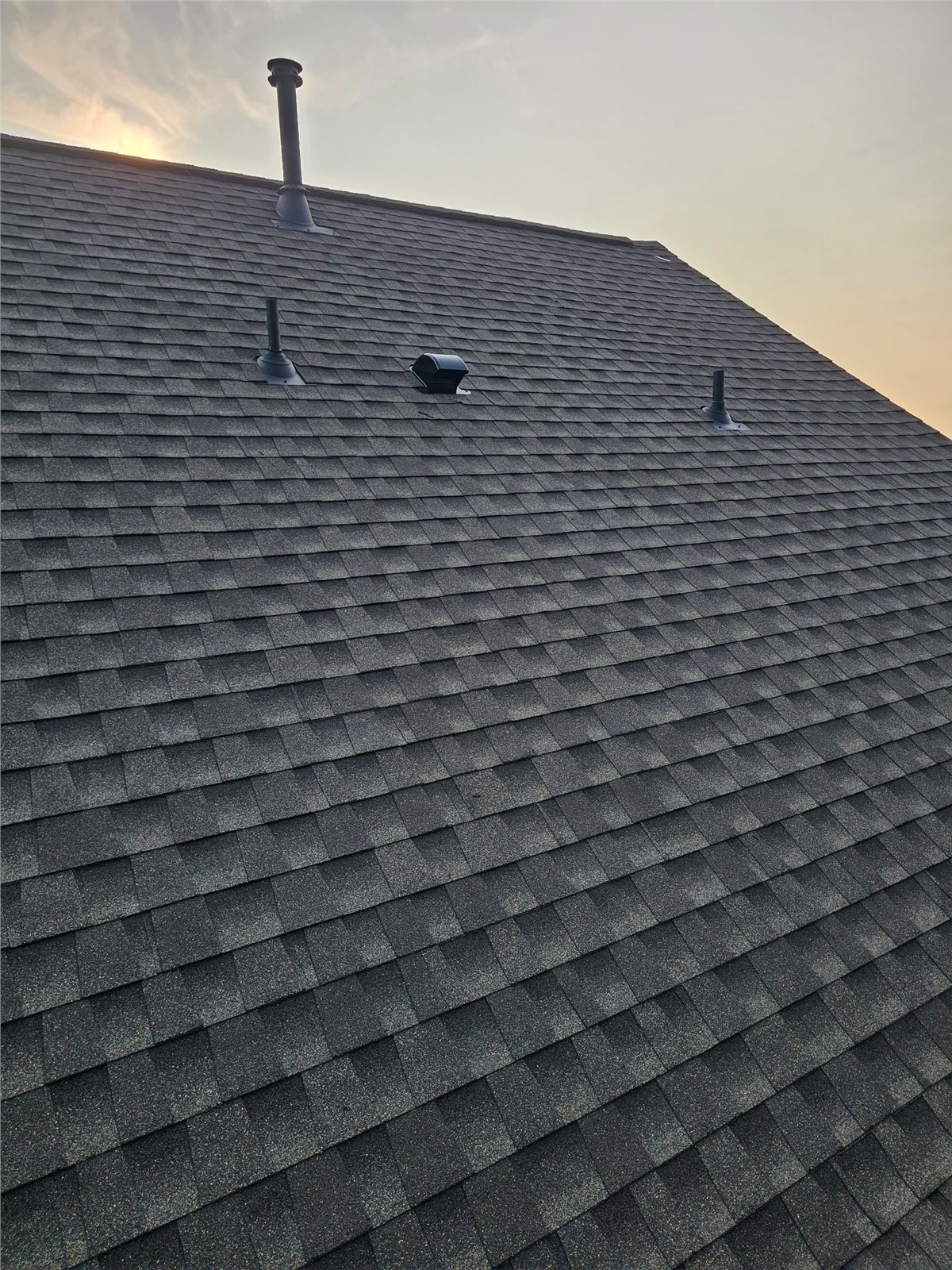
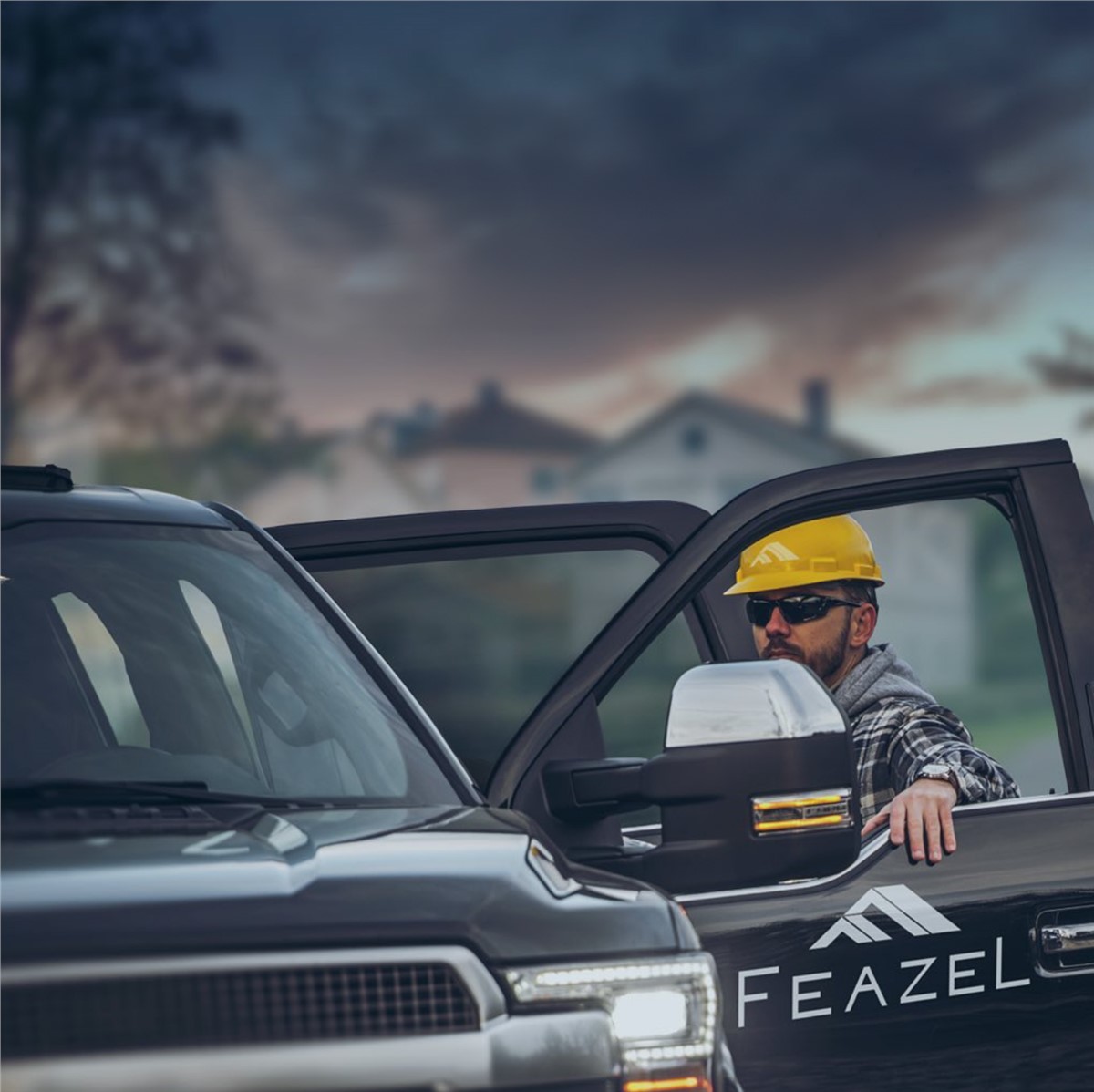
Comments